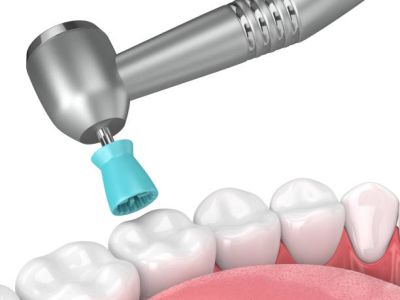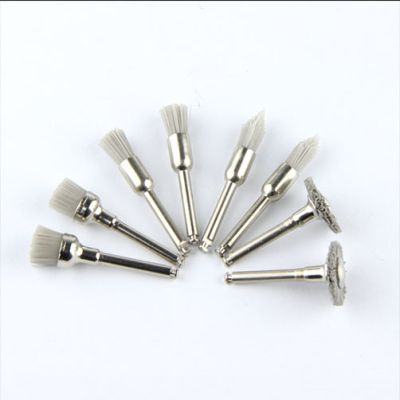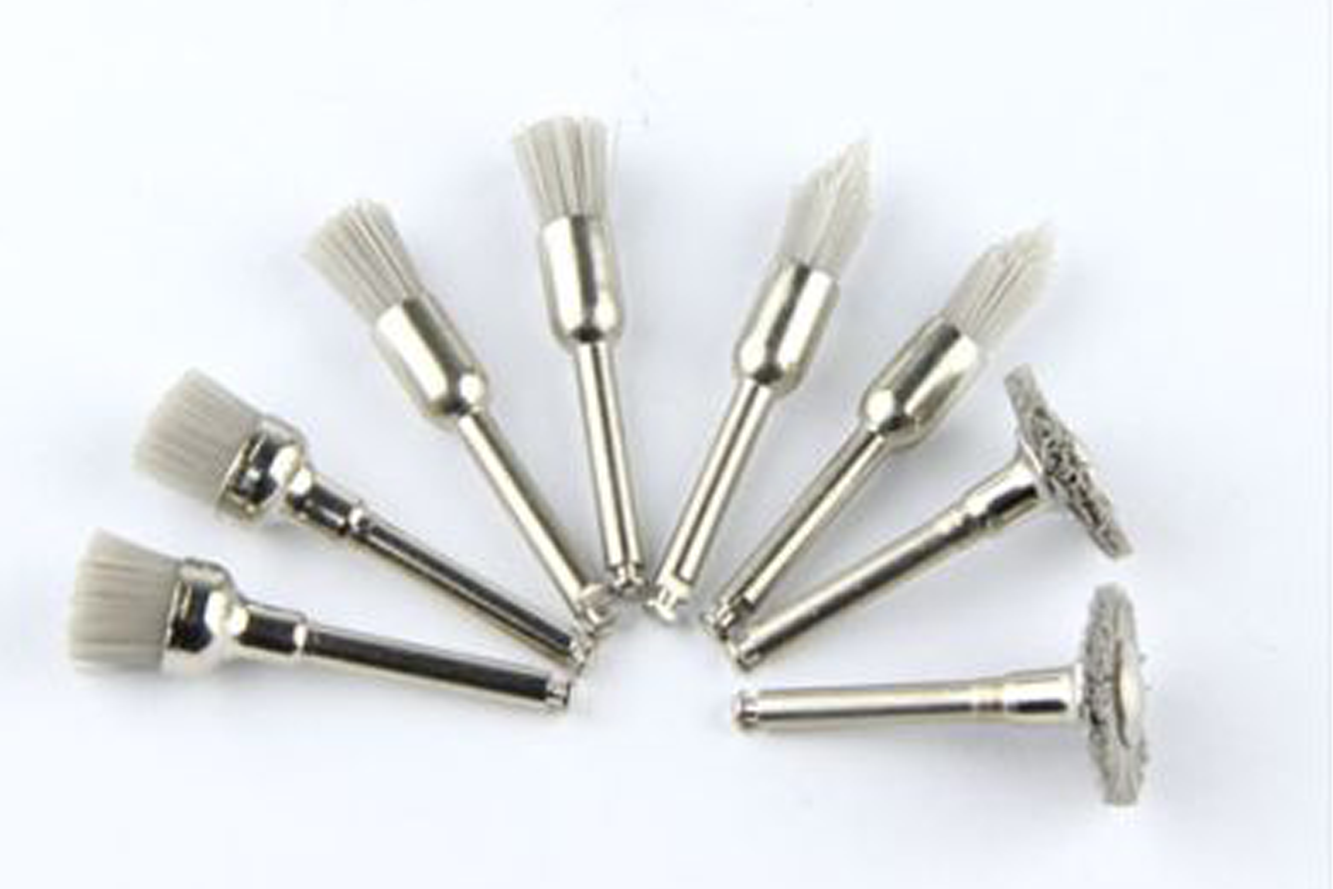In everyday oral care, dental polishing brushes play an indispensable role. These seemingly simple tools actually have great potential to enhance oral health. But do you know how to make the most of them?

Function: The core function of dental polishing brushes is to remove stains from the tooth surface and smooth it, thereby enhancing the aesthetics and hygiene of the teeth. Regular use of polishing brushes can effectively improve overall oral health, keeping teeth bright and healthy.
Classification : Dental polishing brushes can be meticulously categorized by material and shape, each with its unique purpose:
- Shape Classification:
- Cup-shaped: Designed for polishing concave surfaces and larger flat areas, their shape helps cover a larger surface area.
- Pen-shaped: Suitable for fine areas, such as interdental spaces or tooth edges, providing more precise control.
- Flat-wheel: Ideal for flat surfaces, capable of effectively smoothing the tooth surface, suitable for large-area treatment.
- Material Classification:
Wool: Gentle and soft, suitable for sensitive teeth or delicate polishing work.
Boar bristle: Stiff and suitable for removing stubborn stains, but care is needed to avoid damaging the teeth.
Nylon: Durable and suitable for everyday use, a versatile material.
Aluminum oxide: Used for heavy polishing and stain removal, suitable for areas with severe pigment deposition.
Silicon carbide: Extremely hard material, specifically for particularly challenging polishing tasks, such as heavily worn areas or aged restorations.

Precautions: Common mistakes to avoid when using polishing brushes include excessive force, which can cause damage to the teeth or gums.
Cleaning Tips: Proper cleaning and maintenance of polishing brushes are key to extending their lifespan. Cleaning steps are as follows:
- After each use, rinse the polishing brush with running water to remove tooth residues.
- Soak the brush in a mild detergent, such as neutral soapy water, for 10-15 minutes to remove adhered stains and debris.
- Gently brush with a soft-bristled toothbrush or similar tool, ensuring all corners between the bristles are cleaned.
- Rinse the brush again with water to ensure all detergent is removed.
- Place the polishing brush in a dry, ventilated place to dry thoroughly.
Note: Avoid using overly stiff brushes or overly hot water, as these may damage the bristles of the polishing brush.
In conclusion, polishing brushes are very suitable for removing dental plaque stains. Our products are equipped with RA handles for vibration-free comfort for patients. To learn more about our Polishing Brushes product series, please contact us, and we will find the most suitable polishing brush for you.



